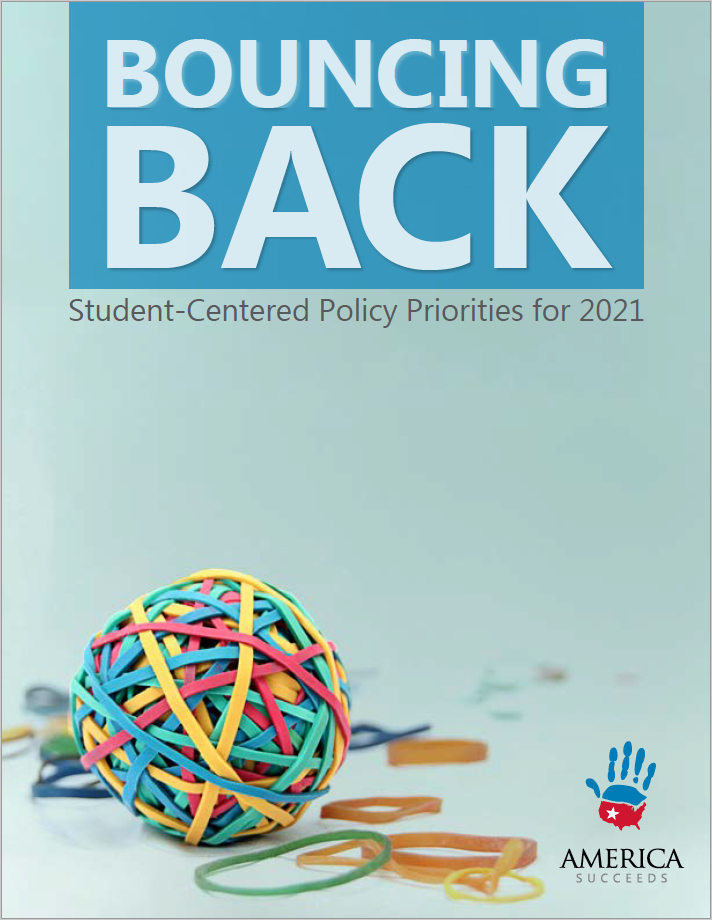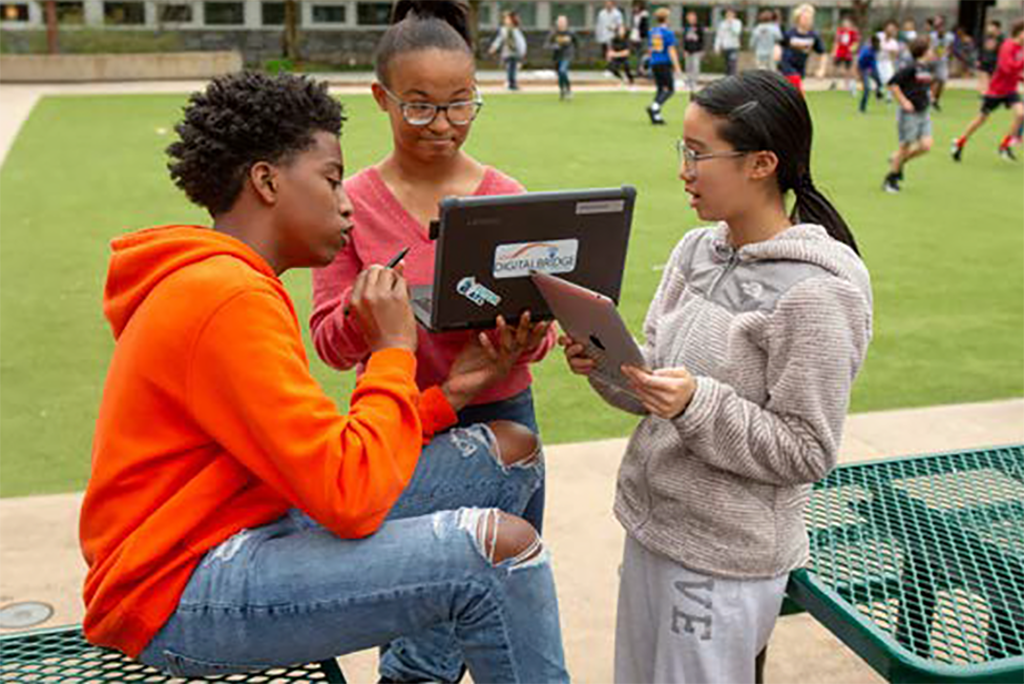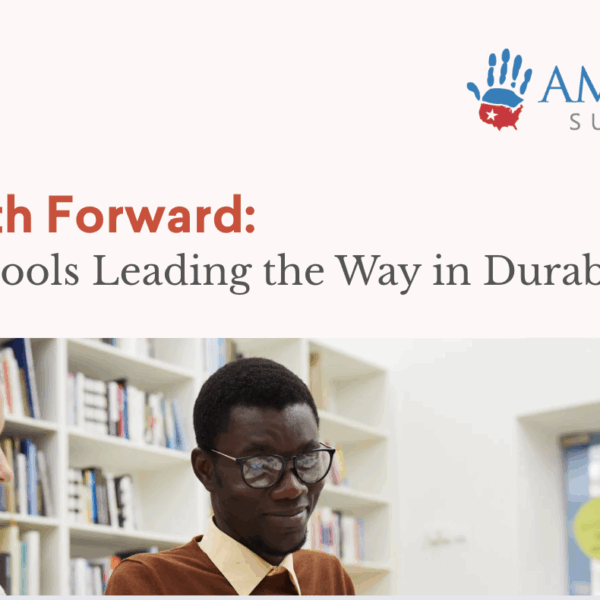
If there were ever an uncertain year ahead, 2021 is it. Planning an ambitious, strategic legislative agenda for next year seems virtually impossible right now. In most cases, advocates will be focused on basic ‘blocking and tackling’ as legislators react to the ongoing crisis and its fallout. The push from education stakeholders will largely center on ‘bouncing back’ by addressing foundational needs like providing more services with (likely) fewer resources, keeping track of kids’ attendance and physical well-being, supporting teachers and parent-teachers with remote instruction, and solving basic childcare issues. Of course, we cannot forget that all of this is happening in the midst of a generational fight to address the inequity that is a result of broader societal systemic racism.
So why are we putting out our report, Bouncing Back: Student-Centered Policies for 2021, detailing policy priorities for 2021? Three reasons:
- We need an agenda that works for a transitional period. While rebound and recovery are the most widely shared focus, ‘catching up’ is not going to happen in the near future. Between accounting for the severe learning loss, particularly among students of color and students with fewer resources at home; chaotic enrollment transitions among traditional brick-and-mortar schools, online programs, pods, homeschooling, and other options; and an interruption in assessment data, it’s going to be years before we truly understand the depth of change wreaked by this pandemic. We cannot expect our education system to be ‘back on track’ anytime in the near future, and certainly states can’t get there without a coherent strategy.
- We cannot let students fall further behind – the moral imperative is matched by an economic one. While we recognize there are immediate needs that aren’t academic, advocates must continue to use their voice to ensure our education system rebounds from this crisis smarter and stronger than before. Prior to the pandemic, McKinsey estimated the economic effects of the persistent achievement gap to be equivalent to a permanent recession. Remote learning is likely to exacerbate those gaps in achievement and opportunity by as much as 15 to 20 percent. McKinsey estimates that while the average learning loss may be around seven months, it could be as great as ten months for Black students and more than a year for low-income students. High school drop-out rates are likely to grow as well. In short, the impact of COVID-19-related learning losses and higher drop-out rates will be felt in the United States for decades.
- We must be planning now for future disruptions. COVID-19 is not likely to go away and stay away anytime soon; ongoing flare-ups and spikes in cases are highly predictable. Even if the U.S. manages to get the virus under control and keep it there until there’s a widespread vaccine in use, this will not be the last pandemic. We’re very familiar with how natural disasters can disrupt school systems, and they are happening with increasing frequency. We must become better prepared for periodic, significant disruptions, learn what we can, and develop more agile education systems to deal with them in a way that mitigates the impact on students, families, and educators as much as possible.
So with those motivations in mind, America Succeeds spent much of the spring and summer of 2020 listening and learning. We attended countless webinars and read a mile-long list of browser tabs with articles on every aspect of the pandemic and education. From all of that information, we distilled four key policy areas for advocacy over the next year: school finance, social-emotional learning, teachers and leaders, and assessment and accountability. We then reached out to experts and thought-leaders who work on these policies and posed a very straightforward inquiry: “If you were to push for policy in 2021, what would your ideal state look like? What would you prioritize and why?”
Our new report, Bouncing Back: Student-Centered Policies for 2021, is what we learned. It’s not intended to be a comprehensive list. Still, we believe these policy priorities are key to ensuring our schools, educators, and students bounce back from the current crisis and are more resilient and ready for the next one. 2021 won’t be the year to ‘reinvent’ our education system. Boldness right now will consist of getting the fundamentals right – and in some cases, simply preserving them.
In sum: Get funding right. Don’t discount SEL. Support teachers and leaders with meaningful feedback and development. Know where every student is and where they need to go academically and otherwise. Then move everything else out of the way. If advocates need a concise, targeted set of policies for 2021, we think these provide a baseline.
We would also like to give a special thanks to Kency Nittler (formerly with NCTQ), Zahava Stadler (formerly with EdBuild), Katharine Strunk (Education Policy Innovation Collaborative at Michigan State University), Kate Walsh (NCTQ), and Nick Yoder (formerly with the Collaborative for Academic, Social, and Emotional Learning) for engaging in conversation and sharing your expertise with us.




